Our Time on Earth at the Barbican
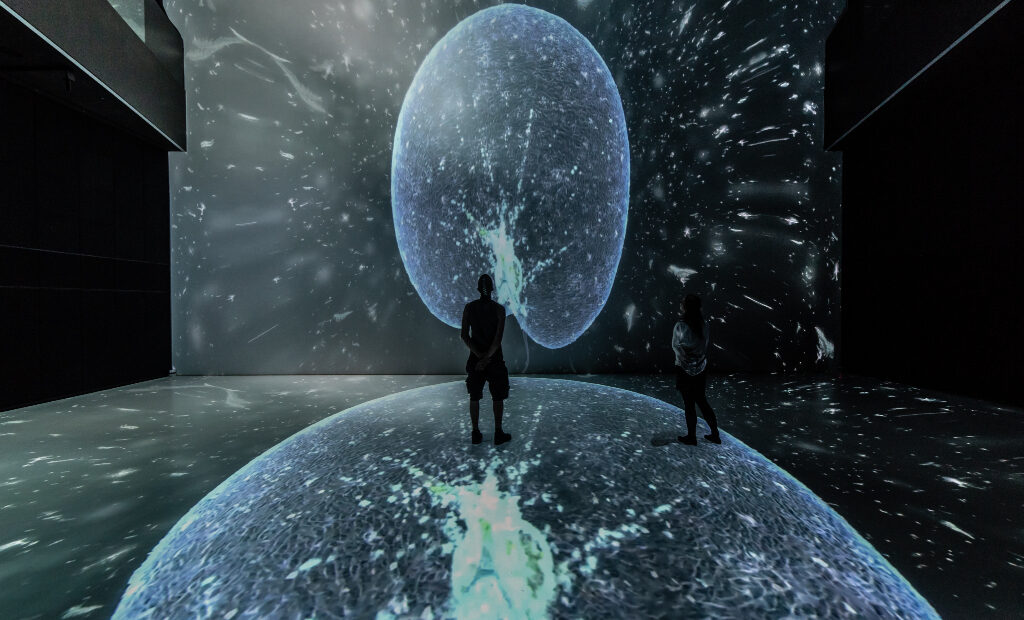
There are still many people who argue that climate change is not a real thing, presumably those with vested interests in the continued destruction of the planet for financial gain. However, most people will concede that our current way of living is not harmonious with our home. You needed only to observe how nature flourished during the lockdowns to realise the impact we have.
There has been an attitude in the past that nature and other animals are only here for our benefit, to be dominated and monetised as we see fit. Thankfully, this attitude is changing. Thinkers like James Lovelock, 102 years young and still as sharp as ever, were at the vanguard of this. He proposed the Gaia hypothesis, stating that our obsession with linear thinking means we have fundamentally misunderstood the complexity of the world around us and the symbiotic relationships that make Earth habitable for us.
Exhibiting in the Curve space of the Barbican complex, this ambitious new show has been created with guest curators Caroline Till and Kate Franklin. It is an immersive and experiential exhibition that explores conversations around the current climate emergency. Drawing together art, science, design, music and philosophy, the show encourages the viewer to consider differing perspectives. Artists, activists, researchers, writers, designers and scientists highlight the need to work across borders and disciplines to urgently tackle climate change together. It aims to provoke thought and ignite positive change.
The multi-disciplinary installations are innovative and mind-bending. Sanctuary of the Unseen Forest by digital art collective Marshmallow Laser Feast offers an immersive view into “tree time”. Superflux‘s Refuge for Resurgence presents a “multi-species banquet”, with crockery and cutlery for 14 different species, a delightful flight of fancy that is bound to inspire children.
New commission Symbiocene looks at indigenous technologies, such as the living root bridges in India. Sonic Waterfall is a sound and light installation by Silent inspired by their work with Damon Albarn on his solo album The Nearer the Fountain, More Pure the Stream Flows.
This is an ambitious project with admirable aims and is well worth a visit. The absence of Mr Lovelock in the project is a shame since his revolutionary ideas have been so influential in this (bio) sphere, whether other thinkers realise the debt they owe him or not. It is worth noting that sponsorship by Meta could also cause pause for thought in the more radical of potential visitors, since not everyone appreciates the over-extended influence Mark Zuckerberg has had on our world. However, it is a timely and ambitious project.
Jessica Wall
Our Time on Earth is at the Barbican from 5th May until 29th August 2022. For further information visit the exhibition’s website here.

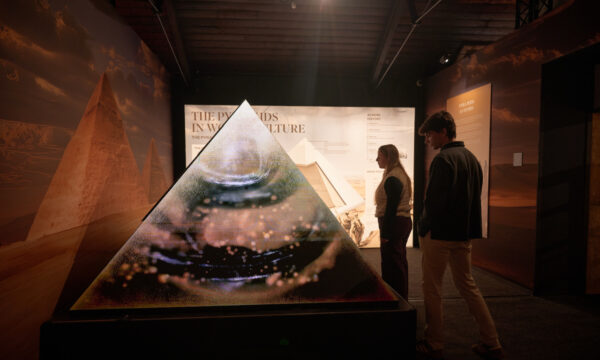
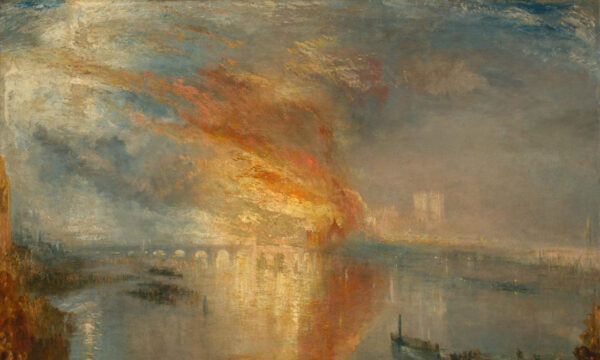
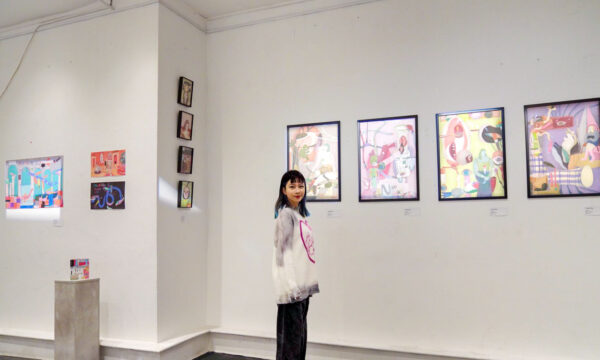
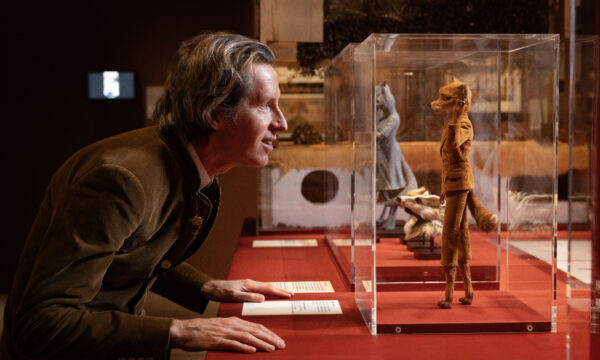
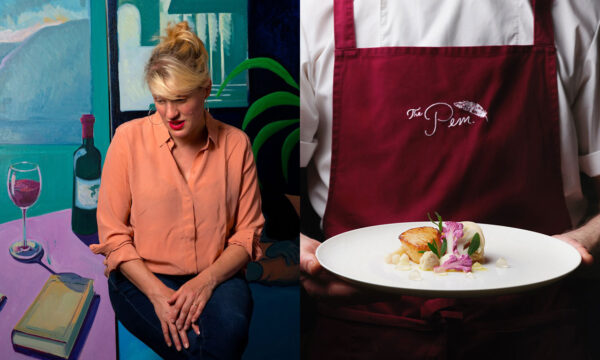
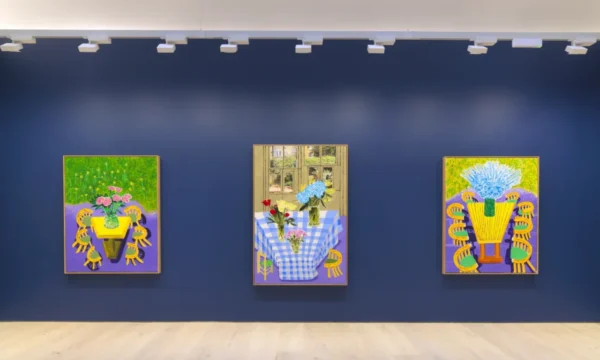
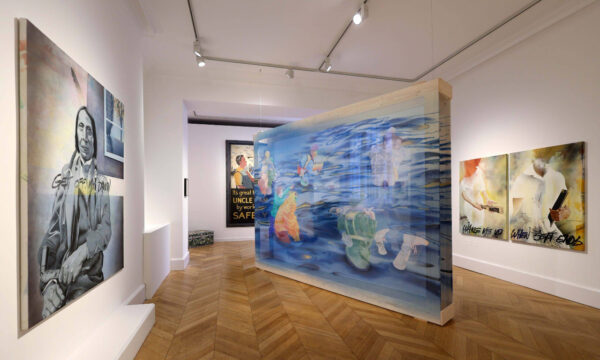
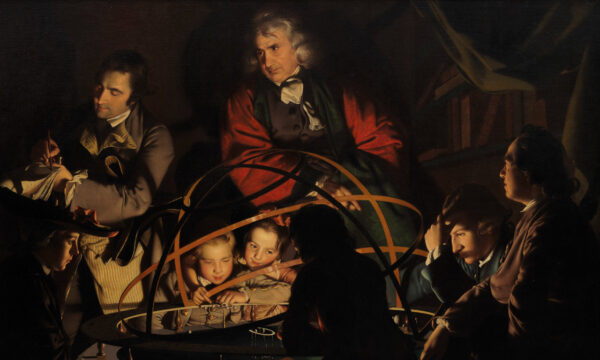
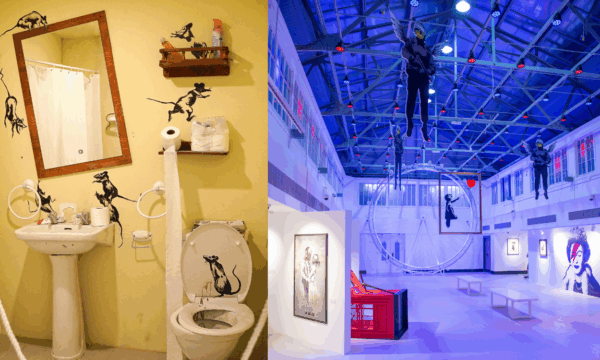

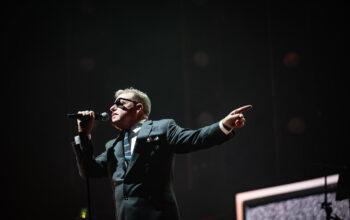
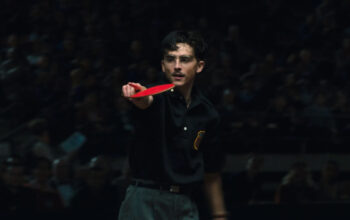



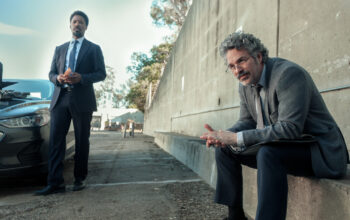
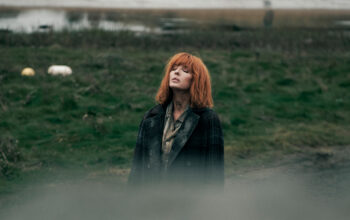
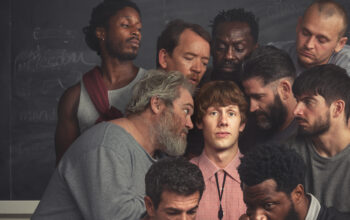



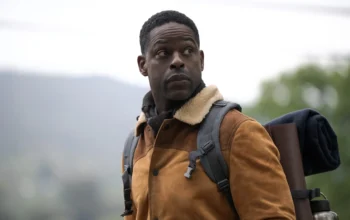

Facebook
Twitter
Instagram
YouTube
RSS